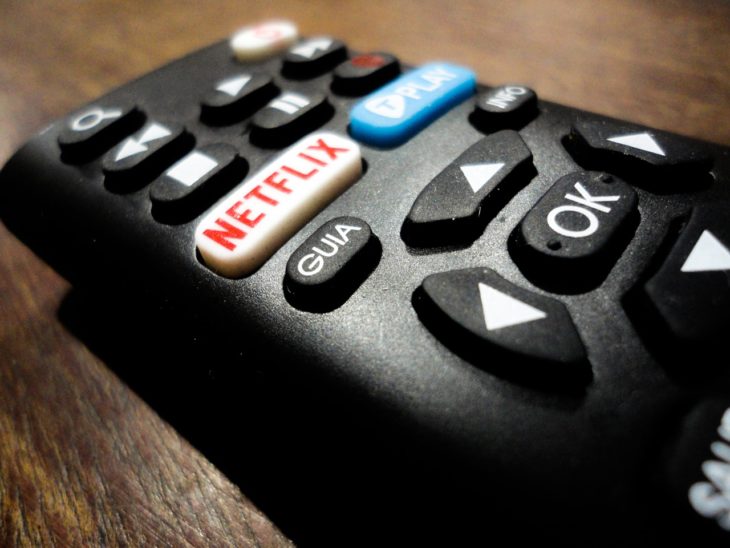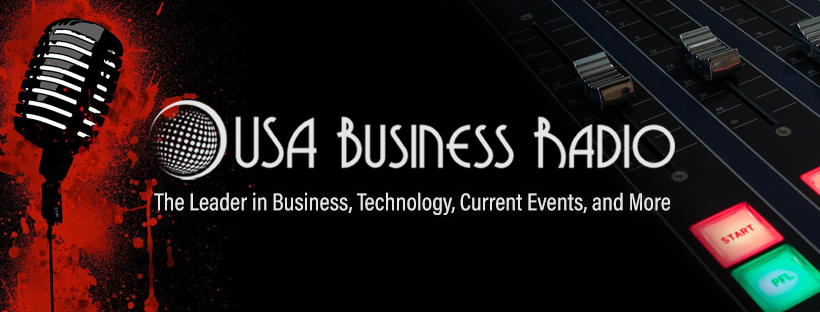
Netflix’s Foray into Traditional Media Should Include TV
By Kevin Price, Editor at Large, USABR.
Arguably the most disruptive force in entertainment today is going back to an “oldie but goody” medium to get its message across.
CNET reports “Netflix is reportedly snagging 35 billboard displays on West Hollywood’s Sunset Strip.
“The streaming video service has opted to buy half of Regency Outdoor Advertising’s assets for $150 million — after previously considering an outright purchase for double that amount — so it can focus on the centrally located Sunset Strip, sources told Reuters.
I am a “cord cutting” pioneer. I did not know I was, but that is certainly the case. I just got fed up with cable around 2010 and gladly let it go.
“The deal is expected to close this month.
“Advertising on Sunset Strip is viewed by Hollywood stars, star-wannabes and star makers every day, so this move sends a clear message that Netflix is stepping up its game in the world’s entertainment center. It will also stop Netflix’s competition from taking the space.
“The company plans to spend $2 billion on all advertising this year, Reuters reported late Sunday.”
Recently I have been thinking about my relationship to the media giant over the years and the shear volume of content Netflix makes. It is extraordinary. And since it is going into the most traditional forms of media — billboards — to find customers, would it not make sense to explore another traditional form to reach potential audience?
But first, a little about my relationship with Netflix. I am a “cord cutting” pioneer. I did not know I was, but that is certainly the case. I just got fed up with cable around 2010 and gladly let it go. The service I was using (I cannot even remember which one at the time) had started at around $40 and had evolved to around $140 by the time I pulled out the scissors and “cut the cord.” This is standard in cable’s behavior — hook them in cheap and gradually raise the price over time. I was done with it.
At first, I was just going to use the screen for DVDs, but shortly after I pulled the plug I discovered the revival of “rabbit ears” and that there were a plethora of TV channels (including digital stations) all over the country you can easily access. All that was required was an antenna, similar to the ones we had when I was a kid. It was a one time cost of around $20 to get a decent one and in no time I was accessing dozens of channels. Sure, some of them are in Chinese, Vietnamese, and (of course) Spanish, but there were plenty in English. About the same time I discovered Netflix, which was a game changer. It was like having a couple of premium channels in addition to a vast array of local and digital channels that felt like a frugal person’s basic cable. At around $8 a month (now $10), I was amply entertained. I did eventually breakdown and get Amazon Prime too, but that was originally just for free delivery of products. Between the two, I had all the entertainment I could want. As a writer and radio show host, I need news, but I got plenty of that online. I was not going to pay extra for that. I am a sports fan, but I have plenty of friends who are willing to pay big money for cable or I can always go to the sports bar for the few games I want to see that are not on the networks or online.
Arguably the most disruptive force in entertainment today is going back to an “oldie but goody” medium to get its message across.
I think, though, if I had known about Netflix sooner, I would have made the jump to that service sooner. Much sooner, which has me thinking; now that the most disruptive force in entertainment is using the very old form of billboards to get its message out, why not good old TV? Not a streaming service, but on TV channels.
There are several ways they could do it to reach new customers:
- Buy time from cable networks. Not for commercials, but brokered time of (at least) 30 minutes to play one of its shows, which all have an ending leaving the viewer wanting more. Closing shows with information on how to sign up. I would not even follow up with another in the series. If anything, I would show the same one again a few times to compel a person to pay a measly 10 bucks to binge on the rest. Once they do that, it is likely they will not budge from there.
- Work out a strategic relationship with one of its partners to show its content, not just make it. For example, Netflix has been working with BBC for quite a while to create shows, why not also show Netflix programs on that network to reach the UK market? I’m sure they can make the economics work.
- How about getting its own channel from their buddies at Comcast? With smart marketing they could easily reach the 45 million plus customers on the cable network through both TV and Internet with programming designed to introduce people to Netflix shows. I believe, in many cases, one time is all one needs to see a Netflix program to spend $10 to binge on the network and become hooked.
There are many things the content giant could do to bring in many more happy customers by using the old, yet somehow relevant, platform called TV.
In addition to being Editor at Large of USA Business Radio, Kevin Price is also editor on several other news sites and host of one of the longest running radio shows in the country, the Price of Business (starting in 2001). The Price of Business is nationally syndicated, coast to coast, on the BizTalkRadio Network. Listen to it M-F at 3 PM ET .





